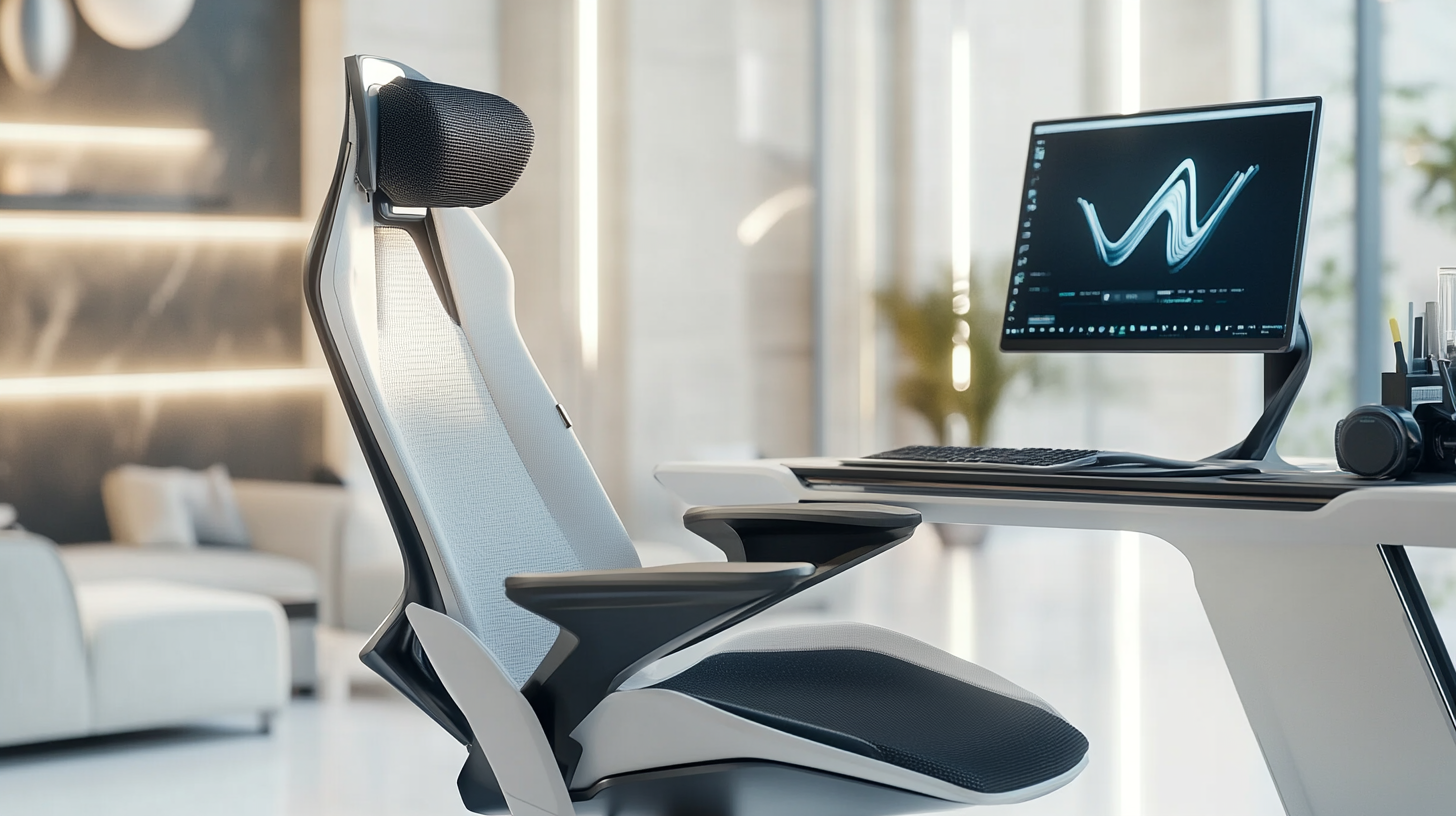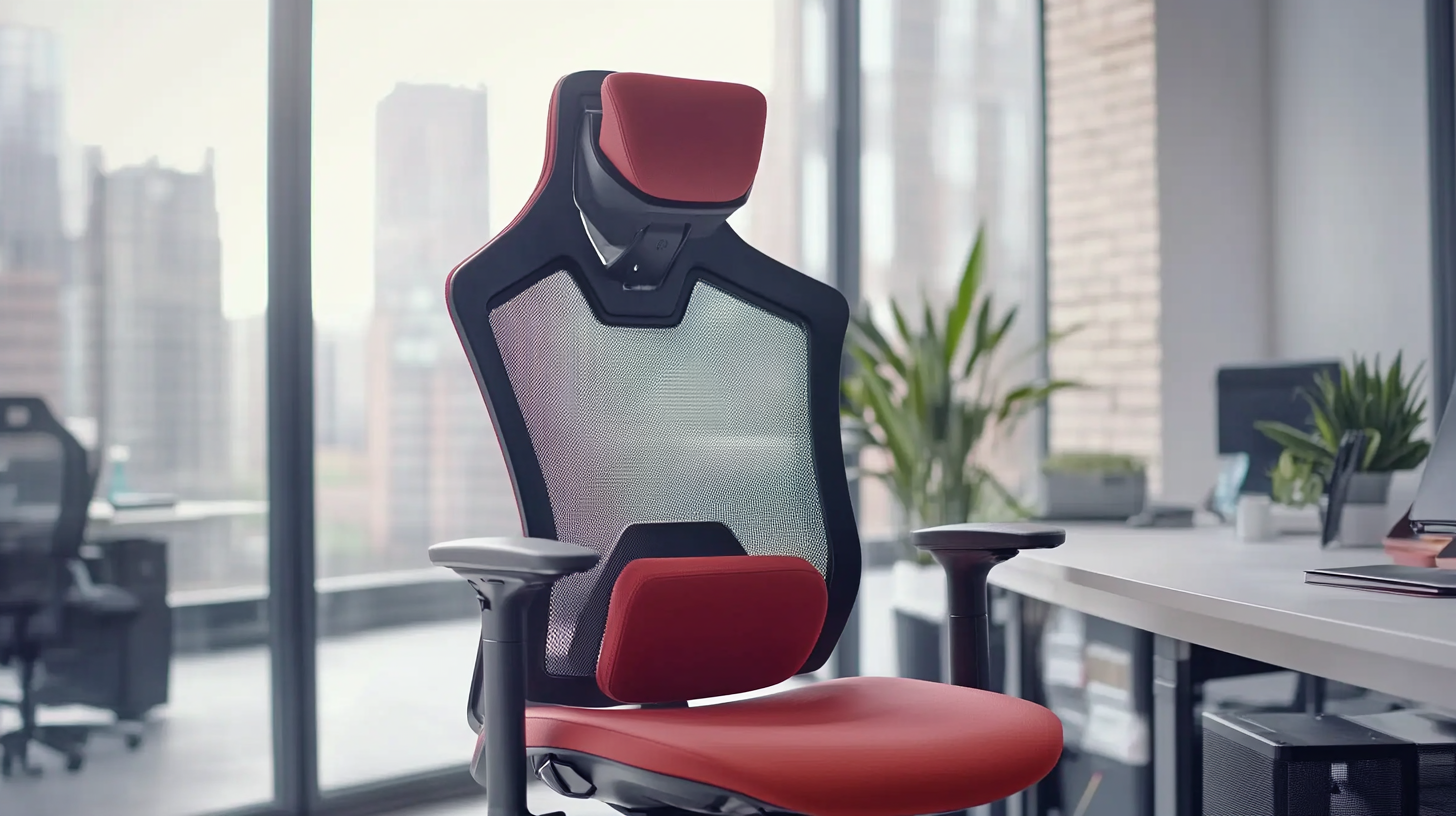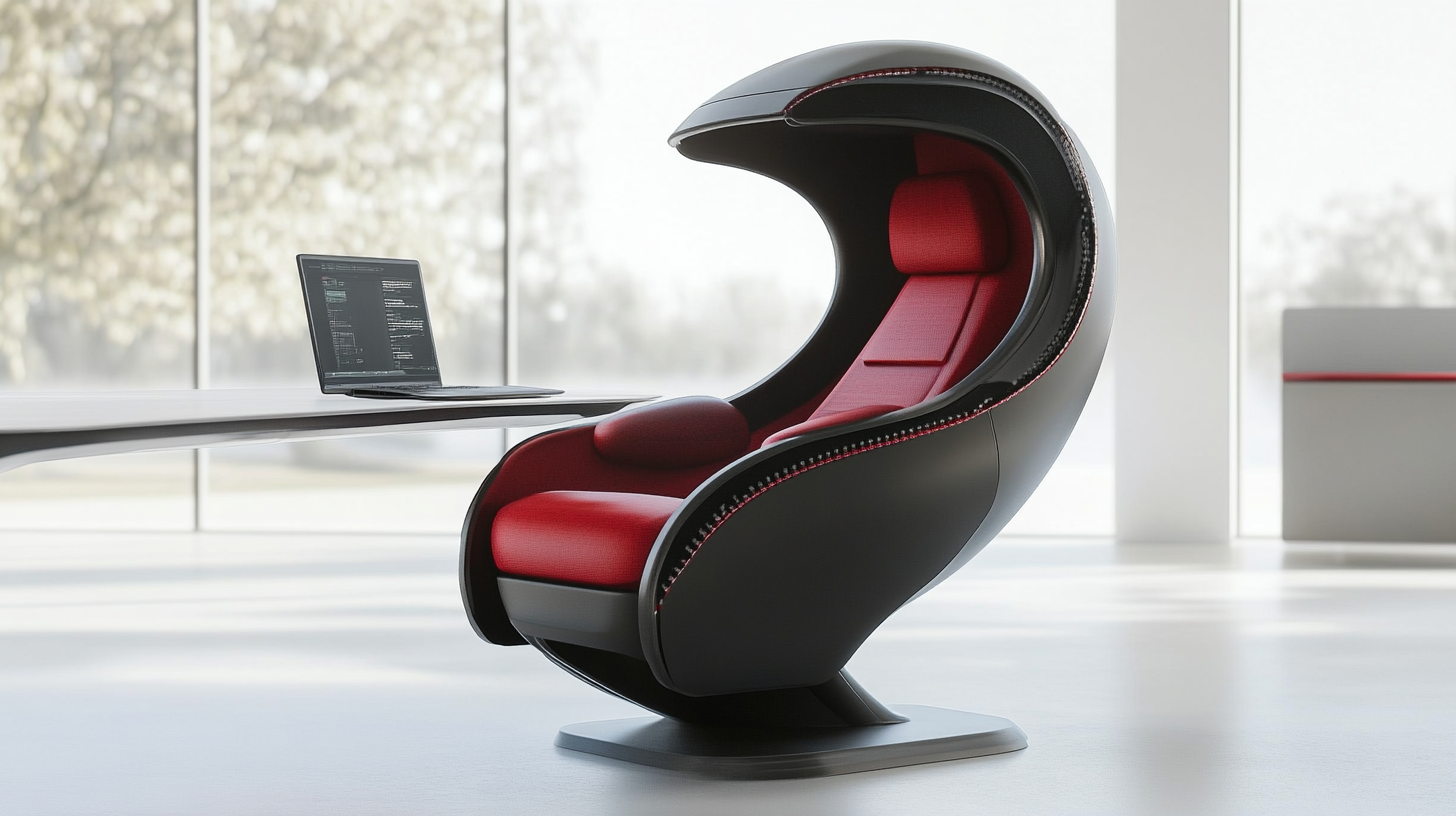In today's fast-paced work environment, where productivity and employee well-being are paramount, the importance of office seating cannot be overstated. Ergonomic seating solutions play a crucial role in transforming office efficiency by promoting proper posture, reducing discomfort, and enhancing focus. With many individuals spending hours at their desks, the negative impact of inadequate seating becomes increasingly evident, leading to decreased productivity and higher health-related absenteeism. This blog will explore various ergonomic seating options available in the market, offering insights into how selecting the right office seating can create a more conducive workspace. Additionally, we will discuss practical strategies to optimize your workspace, ensuring that your office not only supports your physical health but also fosters creativity and collaboration among team members. Join us as we delve into the transformative power of ergonomic seating and its essential role in creating a productive and healthy work environment.

In today's fast-paced work environment, the way we design our office spaces can make a substantial difference in employee productivity. One crucial aspect of this design is ergonomic seating. Ergonomic chairs are specifically created to support the natural posture of the body, reducing strain on the spine and muscles. This support allows employees to work comfortably for extended periods, minimizing distractions caused by discomfort or pain.
Furthermore, investing in ergonomic seating can significantly boost overall workplace morale. When employees feel supported and comfortable, their focus and efficiency increase. Studies have shown that a well-designed workspace can lead to higher levels of job satisfaction, which is essential for retaining talent and maintaining a positive company culture. By prioritizing ergonomic solutions, organizations not only enhance productivity but also demonstrate care for their employees' well-being, leading to a more motivated and engaged workforce.

When selecting an ergonomic chair for your office, several key features can significantly enhance comfort and productivity. Firstly, adjustable seat height is essential, allowing users to maintain proper alignment with their desk. This feature helps prevent strain on the legs and lower back, promoting better posture during long working hours.
Another crucial aspect to consider is lumbar support. Chairs designed with adequate lumbar support can help reduce the risk of back pain by encouraging the natural curve of the spine. Additionally, materials used in the construction of ergonomic chairs play a vital role in comfort. Breathable fabrics and memory foam cushioning can enhance comfort during extended use, ensuring that users remain focused and productive throughout the day.
Lastly, the presence of armrests that can be adjusted or are removable is vital for maintaining a relaxed posture in the shoulders and neck. A chair that provides the right balance of support and flexibility will adapt to individual user needs, making it an invaluable asset in any workspace. Investing in these ergonomic features not only fosters a healthier work environment but also boosts overall efficiency and productivity.
Creating an efficient workspace begins with the arrangement of your furniture and equipment. First, ensure that your desk and chair are appropriately positioned to promote good posture. Your chair should support the natural curves of your spine, while the desk height should allow your elbows to rest at a comfortable angle. Consider using an adjustable chair that encourages movement throughout the day. Place your computer monitor at eye level to reduce neck strain and ensure that your wrists are straight when typing.
In addition to ergonomic seating, the layout of your workspace can significantly impact productivity. Organize your essential tools and documents within arm's reach to minimize distractions. A clean, clutter-free desk not only fosters focus but also invites creativity. Use shelving and storage solutions to keep your workspace tidy, and incorporate plants or personal items to enhance your mood. Furthermore, utilizing task lighting can help reduce eye strain, allowing for longer periods of comfortable work. By following these tips, you can create a workspace that enhances both comfort and efficiency, ultimately leading to improved performance and well-being.
In today's fast-paced work environment, incorporating movement into our daily routines is essential for both physical health and productivity. Flexible seating options can play a significant role in this transformation. By integrating chairs that allow for movement—such as sit-stand desks or balance ball chairs—employees can shift their posture throughout the day, reducing the strain caused by prolonged sitting. These innovative designs encourage users to engage their core muscles and stimulate circulation, which can lead to improved focus and energy levels.
Moreover, prioritizing flexibility in the workspace not only benefits individual health but also fosters a collaborative atmosphere. Workers can easily adapt their seating arrangements for teamwork or brainstorming sessions. A dynamic workspace, where movement is encouraged, helps break the monotony of traditional office settings. By promoting more active environments through versatile seating, businesses can enhance overall employee well-being and satisfaction, paving the way for a more effective and engaged workforce.
| Seating Type | Benefits | Recommended Duration | Cost Range |
|---|---|---|---|
| Ergonomic Chairs | Improves posture, reduces pain | 4-8 hours | $200 - $600 |
| Standing Desks | Increases energy, burns more calories | 2-4 hours | $250 - $800 |
| Sit-Stand Chairs | Promotes movement, versatile use | 3-6 hours | $150 - $500 |
| Active Sitting Chairs | Encourages core strength, improves blood flow | 1-3 hours | $100 - $400 |
| Balance Ball Chairs | Enhances balance, engages muscles | 1-2 hours | $50 - $150 |
Creating a cohesive ergonomic workspace involves more than just investing in a high-quality chair; it’s about designing an environment that promotes productivity and well-being. Recent studies highlight that improved office ergonomics can lead to a 25% increase in employee productivity. Key components for this transformation include selecting furniture that supports the natural alignment of the body, promoting fluid movement, and integrating technology that enhances work efficiency.
Incorporating stylish yet functional office furniture can elevate the work-from-home experience. According to experts, maximizing small office space can significantly enhance motivation and creativity. Smart storage solutions and multi-functional furniture—like desks that convert from sitting to standing—can help organize clutter and create a seamless workflow. Office furniture trends are shifting towards technology-integrated designs, ensuring that every piece serves a dual purpose, catering to both aesthetics and functionality.
Investing in ergonomic seating options, such as chairs with adjustable features, is crucial. Research suggests that proper seating can reduce the risk of strain and injuries by up to 60%, allowing employees to remain comfortable and focused throughout the day. By curating an ergonomic workspace with an emphasis on cohesive design elements, employers can not only foster a healthier work environment but also attract and retain talent by enhancing overall employee satisfaction and engagement.

Update your browser to view this website correctly. Update my browser now
